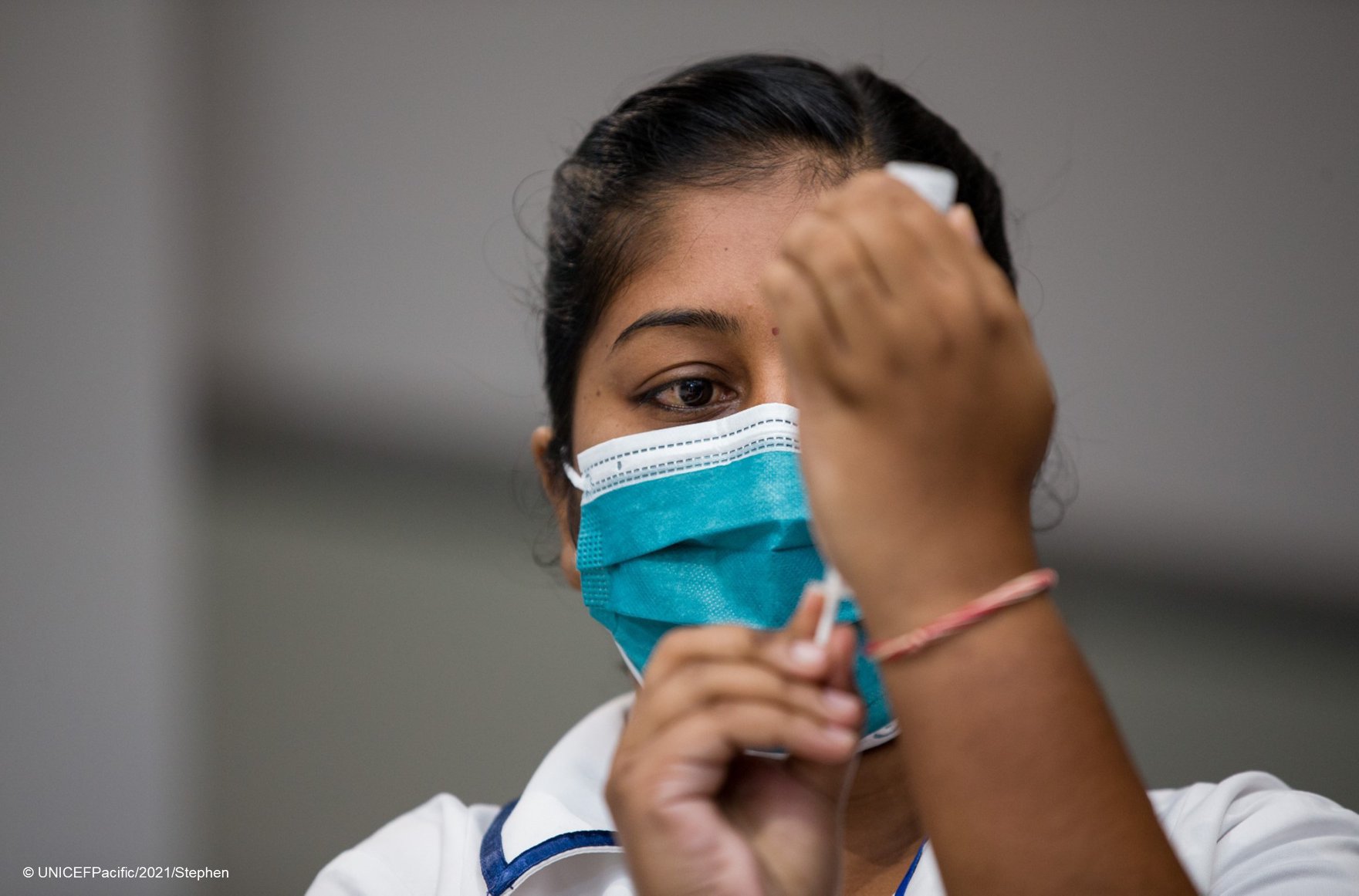Despite efforts to coordinate coronavirus vaccine delivery on a regional and global basis, Pacific Island governments are increasingly meeting their vaccine needs through bilateral arrangements, a situation which is leading to politicisation of the vaccination efforts.
The World Health Organisation’s Western Pacific Office says it will be some time before enough people are vaccinated in some Pacific countries to consider relaxing strict border restrictions.
“WHO would also like to stress that although global vaccine demand vastly exceeds supply, we must continue to work towards equitable distribution to ensure all countries have their most vulnerable . . .
Please Subscribe to view full content...
